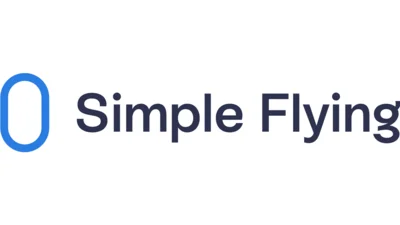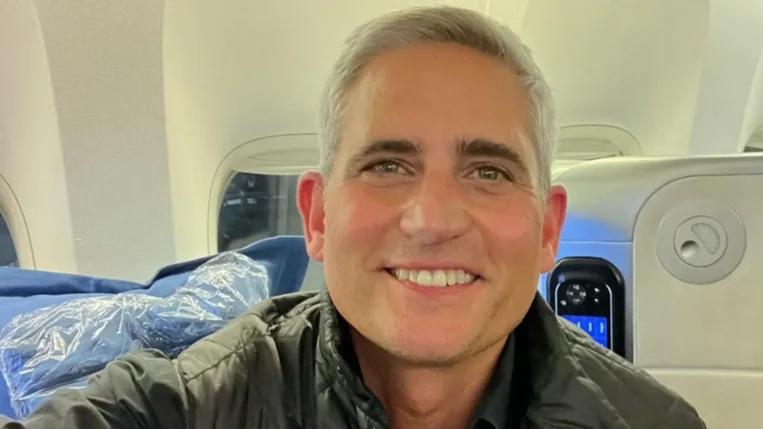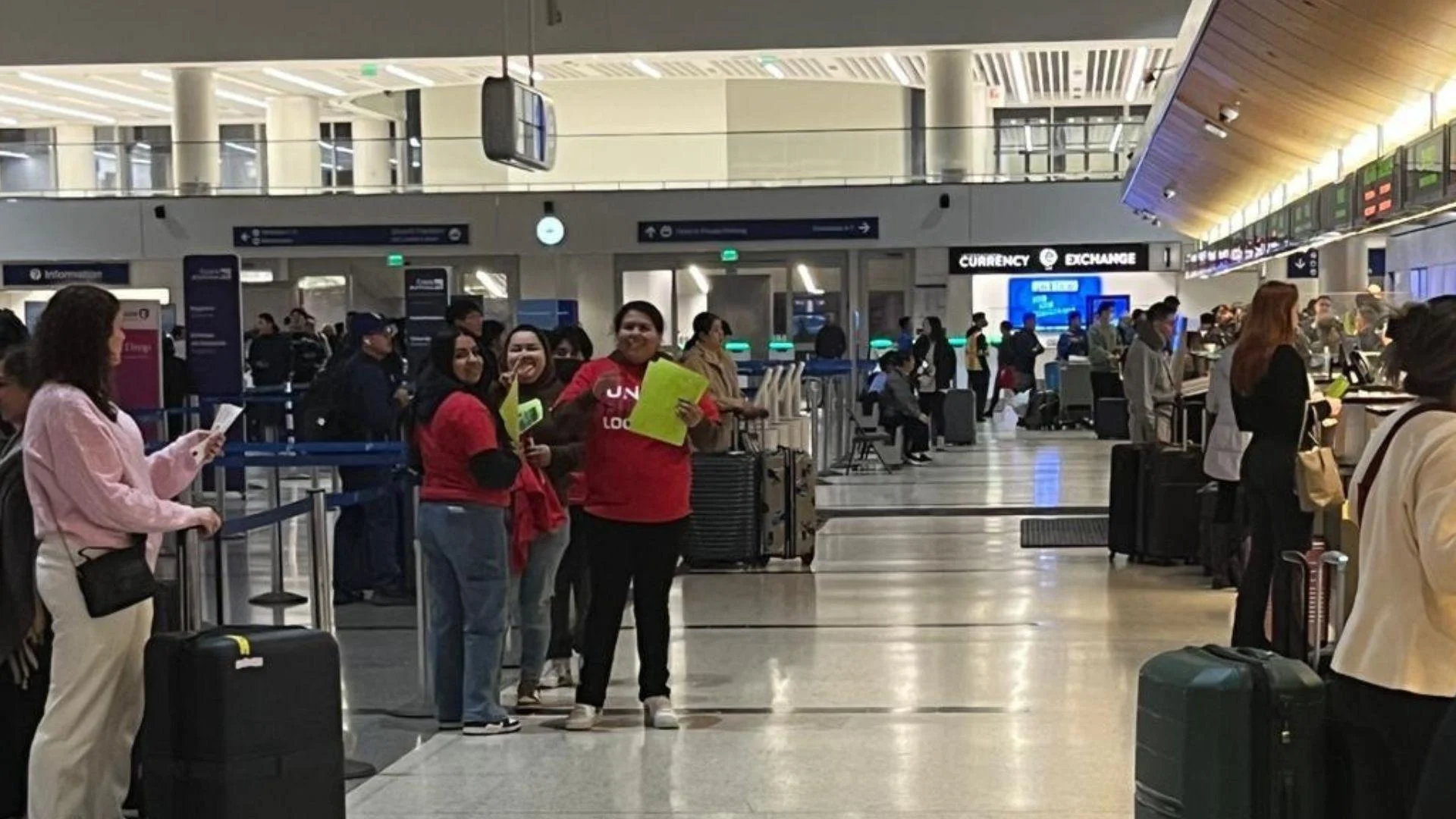Znotins pointed out that codesharing with partner airlines exacerbates the problem. For example, American Airlines sells flights operated by Alaska Airlines and routes from Doha to cities in India and Pakistan under its own flight numbers. This increases the total number of flights they need to number beyond 9,999.
To address this issue, airlines have developed methods to conserve flight numbers. One such method is assigning the same flight number to multiple flights in a day when feasible. Znotins elaborated:
“With consolidation in the industry, airlines have been running out of flight numbers... We have more than 9,999 flights that we would like to go out and number. And so ways to save flight numbers—we actually have a model that goes and conserves flight numbers so that we can continue to add where we want to.”
He further mentioned using "out and back" flight numbers where a round trip carries the same number for both legs.
The technical limitations stem from legacy computer systems dating back sixty years. These systems were designed with two-letter airline codes and four-digit flight numbers for efficiency reasons similar to those behind Y2K issues.
American Airlines has already extended its mainline flight number range up to 3,139 as part of its efforts to manage this limitation.
CEO Robert Isom also commented on future plans regarding this constraint: “We have aspirations to be a lot bigger, so over time let’s put that down as a project.”
 Alerts Sign-up
Alerts Sign-up




































